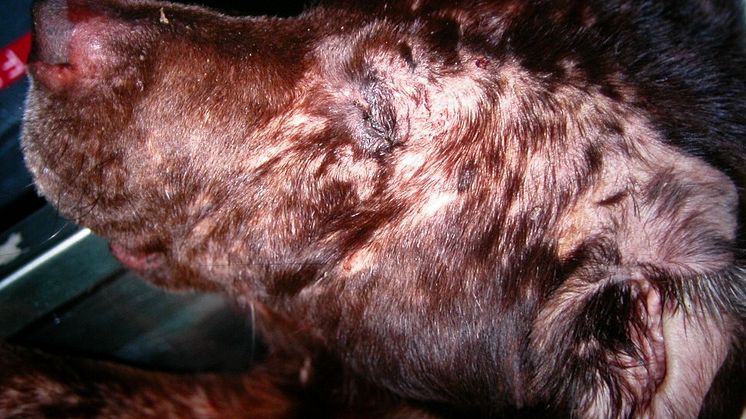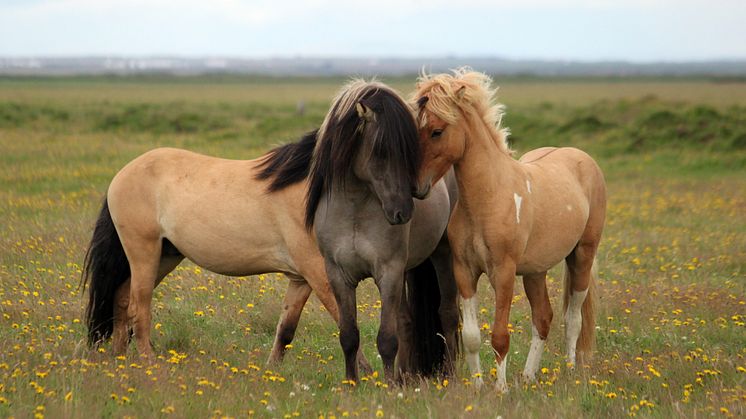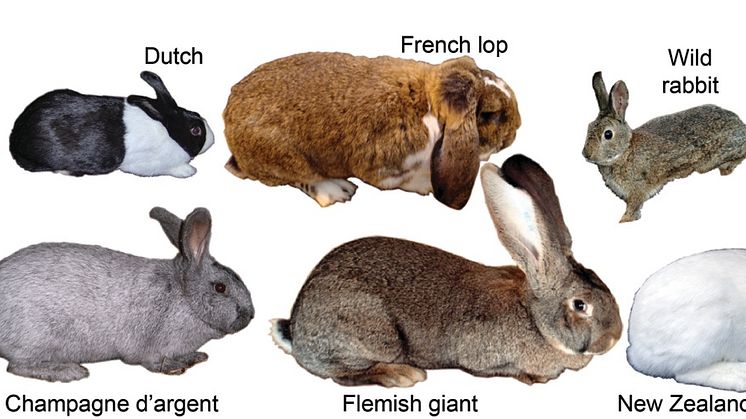Atopic dermatitis in dogs linked to certain parts of the genome
Using new gene mapping methods, researchers have found connections between atopic dermatitis in dogs and several regions of the genome. Some genes identified coincide with genes linked to similar problems in humans. The filaggrin gene region, for example, which is regarded as the most powerful risk factor for atopic eczema in humans, has now also been linked to this disease in Labrador retrievers.




